Lima, July 15 (Xinhua) — The “most modern tunnel” leading to the ancient Inca civilization
Driving northwest along the mountain road from the ancient city of Cusco in Peru for about 4 and a half hours, you can reach the starting point of the Santa Maria Santa Teresa section, which is a necessary route to enter Machu Picchu via road. Along the way, the road is smooth, with snow capped mountains, river valleys, and alpaca herds forming a magnificent scenery, which makes the reporter curious why few tourists choose to drive to this world-renowned ancient Inca civilization site.
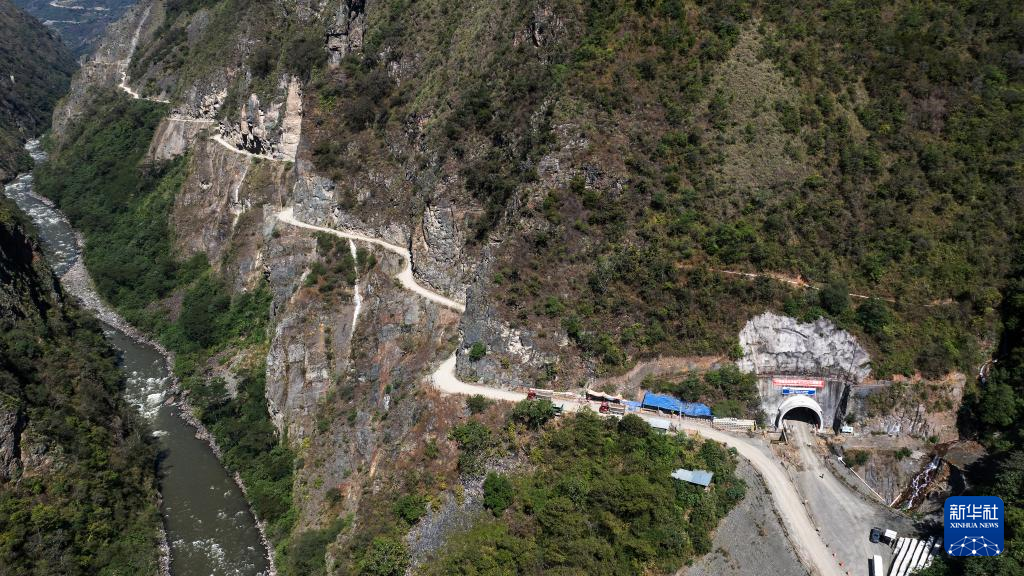 This is a drone photo taken on June 23rd in the Cusco Region of Peru, depicting the Machu Picchu Highway Tunnel project and the surrounding cliffs constructed by China Railway Tunnel Bureau. Photo by Xinhua News Agency reporter Li Muzi
This is a drone photo taken on June 23rd in the Cusco Region of Peru, depicting the Machu Picchu Highway Tunnel project and the surrounding cliffs constructed by China Railway Tunnel Bureau. Photo by Xinhua News Agency reporter Li Muzi
As the vehicle continued to drive south, the paved road gradually came to an end, and the scene in front of us dispelled the reporter’s previous doubts – on one side of the mountain road was a steep cliff with a vertical height difference of about 150 meters, and there were no guardrails set up at the bend; On the other side is a bare mountain, which often experiences rockfalls and landslides during the rainy season, making it very dangerous. Under such complex mountain road conditions, driving to Machu Picchu naturally discourages many tourists.
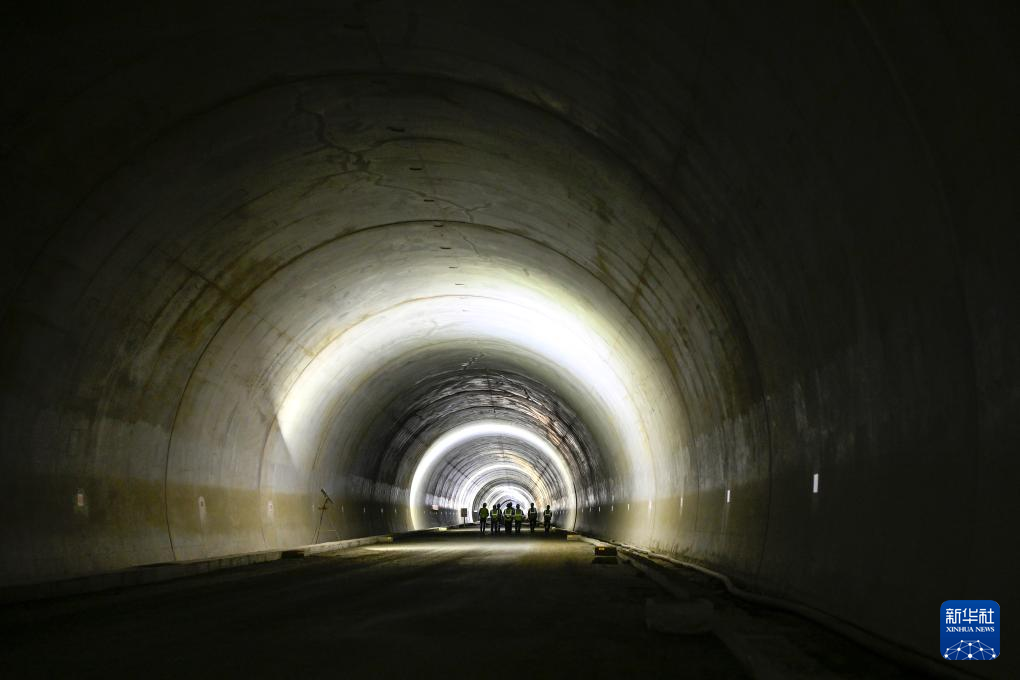 This is the interior of the Machu Picchu highway tunnel constructed by China Railway Tunnel Bureau, captured on June 23 in the Cusco Region of Peru. Photo by Xinhua News Agency reporter Li Muzi
This is the interior of the Machu Picchu highway tunnel constructed by China Railway Tunnel Bureau, captured on June 23 in the Cusco Region of Peru. Photo by Xinhua News Agency reporter Li Muzi
However, the first road tunnel from Peru to Machu Picchu, constructed by a Chinese company, will help promote a change in this situation. After the tunnel is opened, it will not only provide new route options for tourists to travel to Machu Picchu and promote the development of local tourism, but also facilitate the faster transportation of agricultural products and promote local economic development.
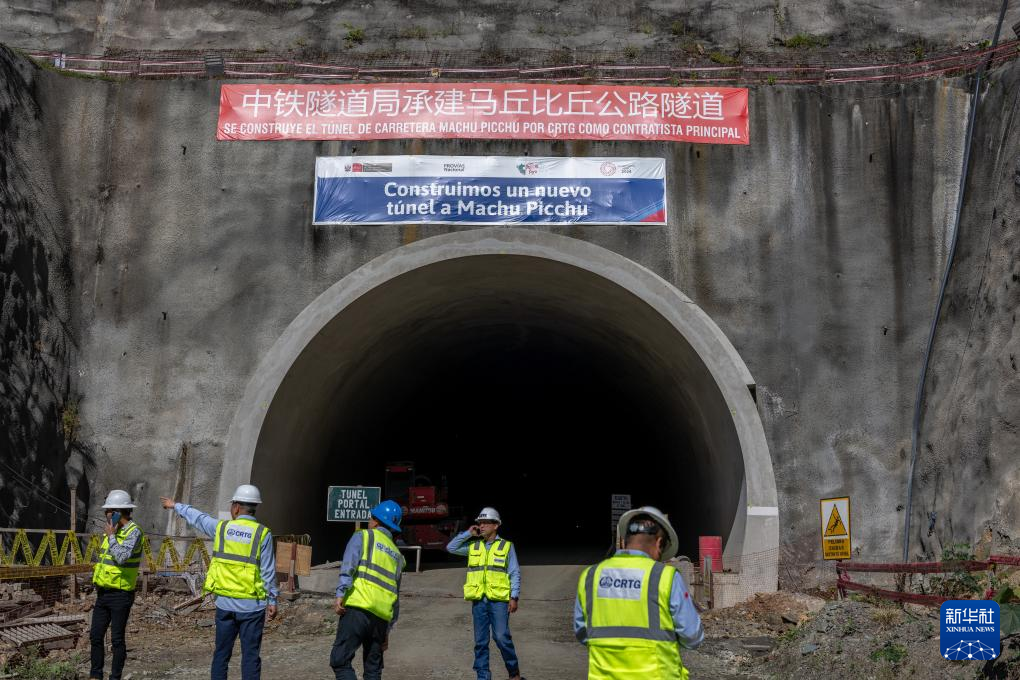 This is the entrance of the Machu Picchu highway tunnel constructed by China Railway Tunnel Bureau, captured on June 23 in the Cusco Region of Peru. Photo by Xinhua News Agency reporter Li Muzi
This is the entrance of the Machu Picchu highway tunnel constructed by China Railway Tunnel Bureau, captured on June 23 in the Cusco Region of Peru. Photo by Xinhua News Agency reporter Li Muzi
The Machu Picchu Highway Tunnel is located in the mountainous area of Cusco Province in southern Peru, leading to the Machu Picchu ruins. It was constructed by China Railway Tunnel Group Co., Ltd. and has a total length of 1987.5 meters. It is currently the largest and longest two-way single lane highway tunnel in Peru. When the reporter visited the the Belt and Road project jointly built by China and Peru recently, he saw that the tunnel has been completed and the electromechanical installation work is in full swing.
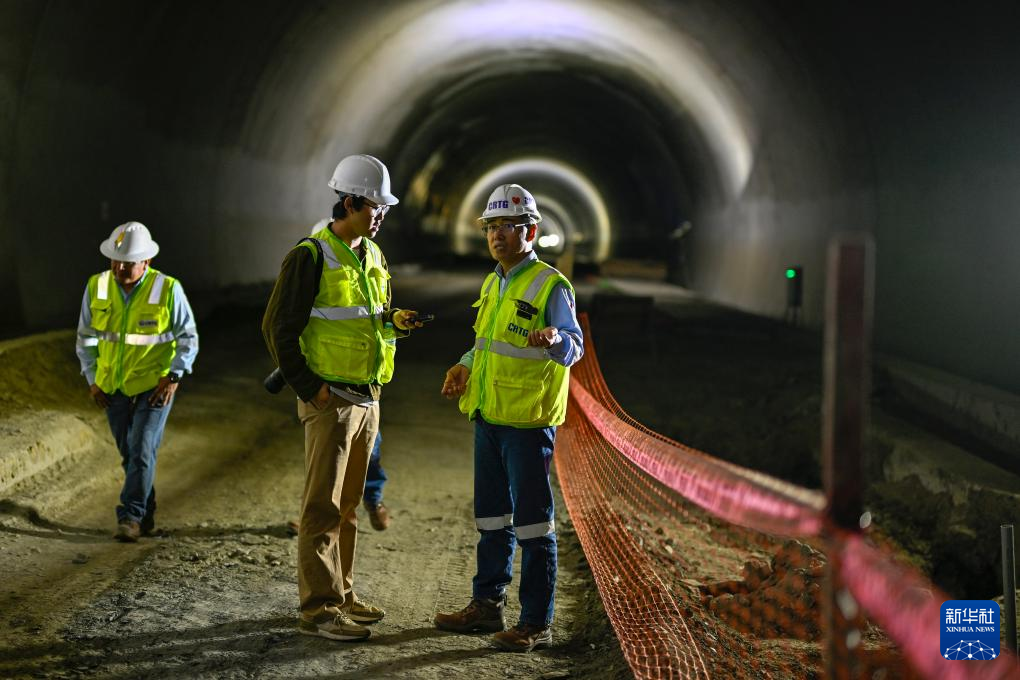 On June 23rd, in the Cusco Region of Peru, tunnel project manager Pei Zhimin (right) introduced to reporters the Machu Picchu highway tunnel project undertaken by China Railway Tunnel Bureau. Photo by Xinhua News Agency reporter Li Muzi
On June 23rd, in the Cusco Region of Peru, tunnel project manager Pei Zhimin (right) introduced to reporters the Machu Picchu highway tunnel project undertaken by China Railway Tunnel Bureau. Photo by Xinhua News Agency reporter Li Muzi
The tunnel project manager Pei Zhimin told reporters that this tunnel is the only tunnel in Peru’s national highway system that is fully equipped with ventilation, lighting, monitoring, and other mechanical and electrical installations. The electromechanical installation will be completed in October this year and the control system will be debugged before the end of the year. After the tunnel is opened, it will greatly shorten the travel time and avoid high-risk sections, benefiting about 19000 local residents directly.
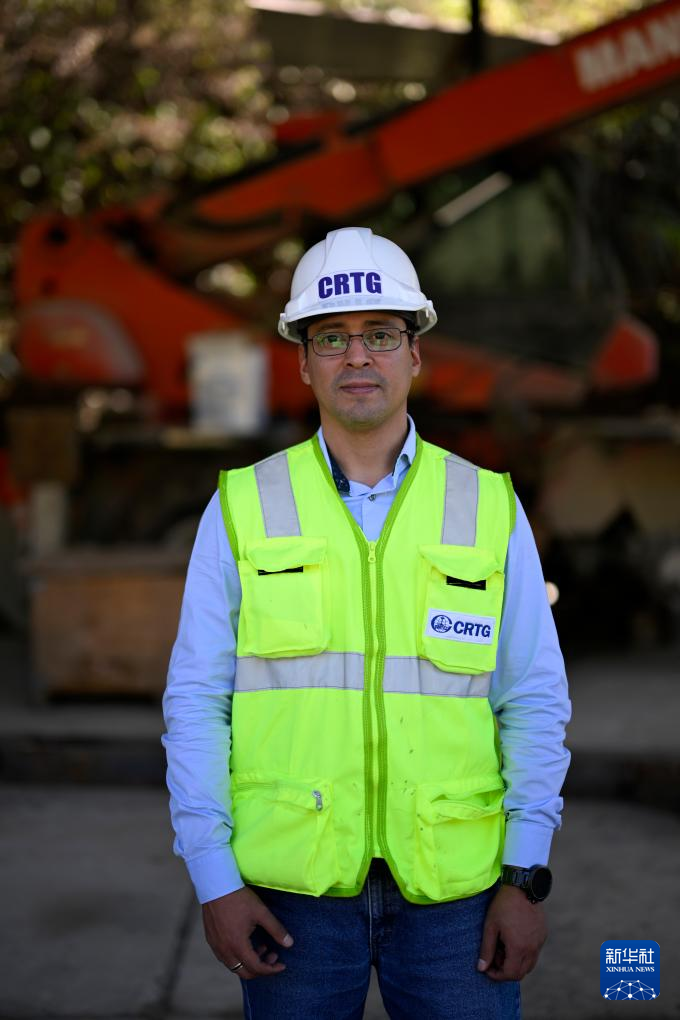 This is Daniel Medina, the human resources manager of the Machu Picchu highway tunnel project constructed by China Railway Tunnel Bureau, captured on June 23 in the Cusco region of Peru. Photo by Xinhua News Agency reporter Li Muzi
This is Daniel Medina, the human resources manager of the Machu Picchu highway tunnel project constructed by China Railway Tunnel Bureau, captured on June 23 in the Cusco region of Peru. Photo by Xinhua News Agency reporter Li Muzi
Daniel Medina, the human resources manager of the tunnel project, said that the improvement of traffic conditions will promote the development of tourism, drive an increase in passenger flow in Machu Picchu, and generate more demand for accommodation, catering, and other aspects, injecting vitality into the local economy. This tunnel will provide more people with the opportunity to visit Machu Picchu and learn about Peruvian culture. As a member of the project and a Peruvian, I am truly happy
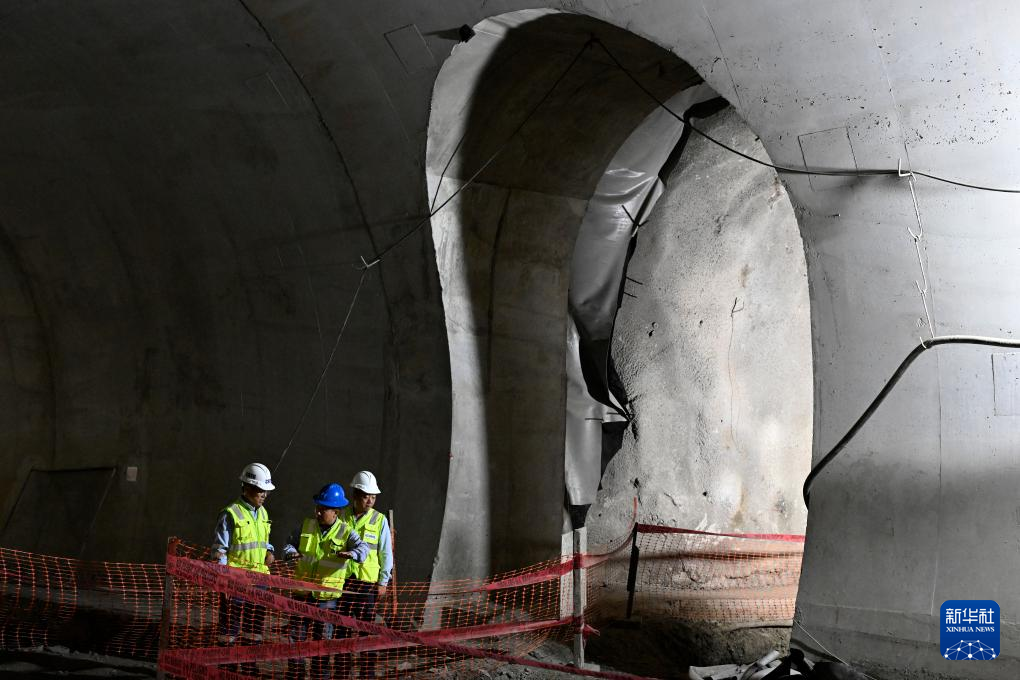 On June 23rd, Chinese employees of China Railway Tunnel Bureau inspected the Machu Picchu highway tunnel in the Cusco region of Peru. Photo by Xinhua News Agency reporter Li Muzi
On June 23rd, Chinese employees of China Railway Tunnel Bureau inspected the Machu Picchu highway tunnel in the Cusco region of Peru. Photo by Xinhua News Agency reporter Li Muzi
The town of Santa Teresa, located at the southern end of the tunnel, is a coffee and various fruit producing area, and most of the local residents are engaged in agricultural cultivation. However, due to poor road conditions, the transportation cost of agricultural products in the area has always been high, and some farmers’ mangoes cannot be transported out in time and can only rot in the ground. Coffee and citrus farmer Samuel Barrios told reporters that everyone is looking forward to the tunnel opening soon, “so that products can be transported to other places more quickly and at a lower cost.
The tunnel project not only drives economic development in its area, but also creates a large number of job opportunities for the local community. In addition to being a farmer, Barrios also serves as a mixer truck driver for the tunnel project, and his children and many friends also work on the project.
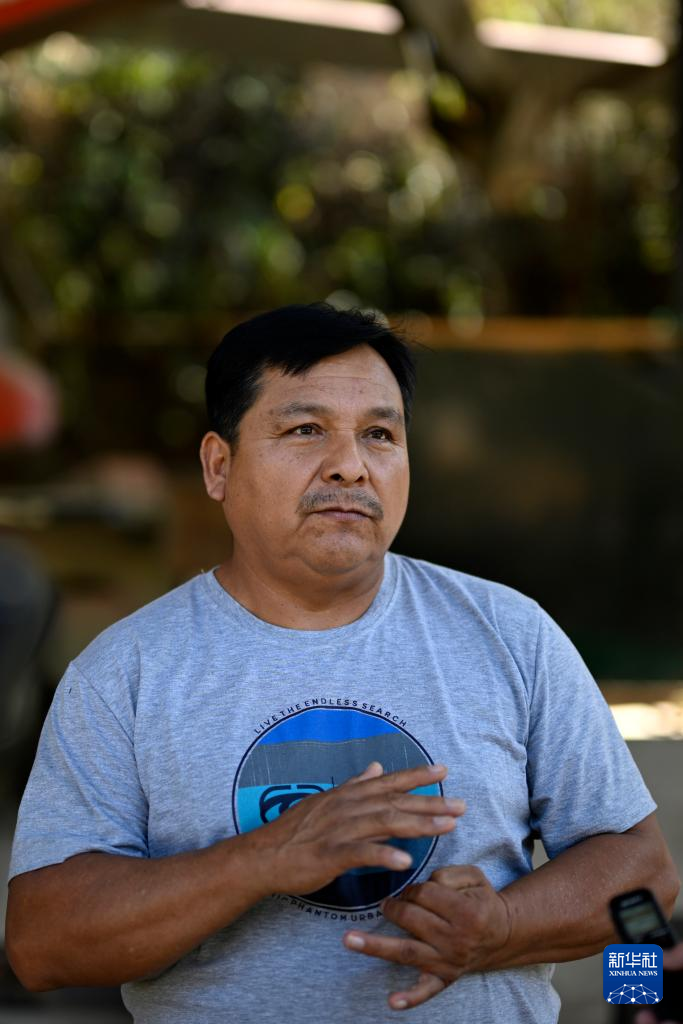 On June 23rd, in the Cusco Region of Peru, local coffee and citrus growers Samuel Barrios were interviewed by Xinhua News Agency. Photo by Xinhua News Agency reporter Li Muzi
On June 23rd, in the Cusco Region of Peru, local coffee and citrus growers Samuel Barrios were interviewed by Xinhua News Agency. Photo by Xinhua News Agency reporter Li Muzi
Medina told reporters that except for some professional and technical personnel recruited from other places, about 70% of the workers on the project come from nearby towns, becoming an important reserve talent for tunnel construction operations. There are not many people in Peru with experience in tunnel construction. During the construction process, local workers gradually mastered tunnel construction and mechanical control techniques. If there are any tunnel projects starting in the future, they can be directly put into work as skilled workers
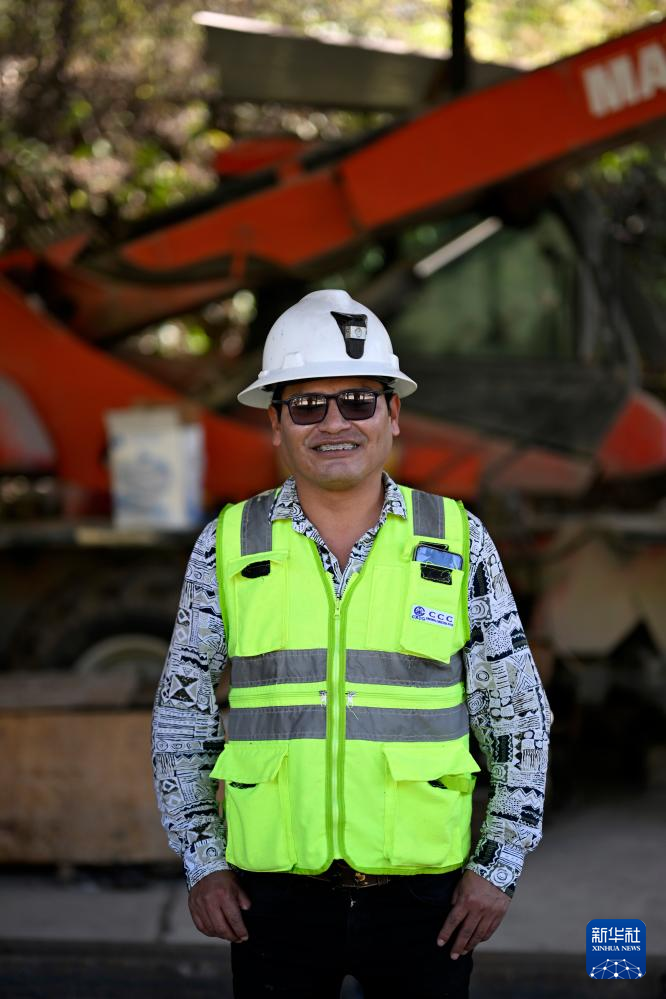 This is Ilam Mera, a Peruvian tunnel engineer, captured on June 23rd in the Cusco Region of Peru. Photo by Xinhua News Agency reporter Li Muzi
This is Ilam Mera, a Peruvian tunnel engineer, captured on June 23rd in the Cusco Region of Peru. Photo by Xinhua News Agency reporter Li Muzi
Peruvian tunnel engineer Iram Mera said that for him, participating in the construction of Peru’s “most modern tunnel” was a valuable experience, and the advanced technology and professional spirit demonstrated by the Chinese team during the construction of the Machu Picchu highway tunnel left a deep impression on him.
Pei Zhimin said that during the construction process, China Railway Tunnel Bureau focused on providing skill training for local workers and actively engaged in technical exchanges with project owners. We hope to promote local technological innovation through China’s professional experience in tunnel construction
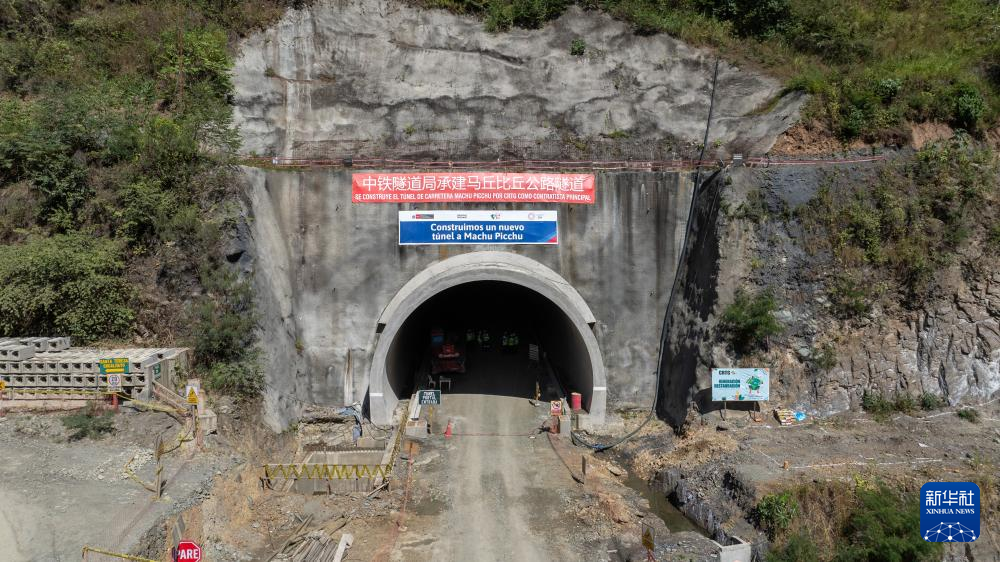 This is the entrance of the Machu Picchu highway tunnel constructed by China Railway Tunnel Bureau, taken on June 23 in the Cusco region of Peru (drone photo). Photo by Xinhua News Agency reporter Li Muzi
This is the entrance of the Machu Picchu highway tunnel constructed by China Railway Tunnel Bureau, taken on June 23 in the Cusco region of Peru (drone photo). Photo by Xinhua News Agency reporter Li Muzi
